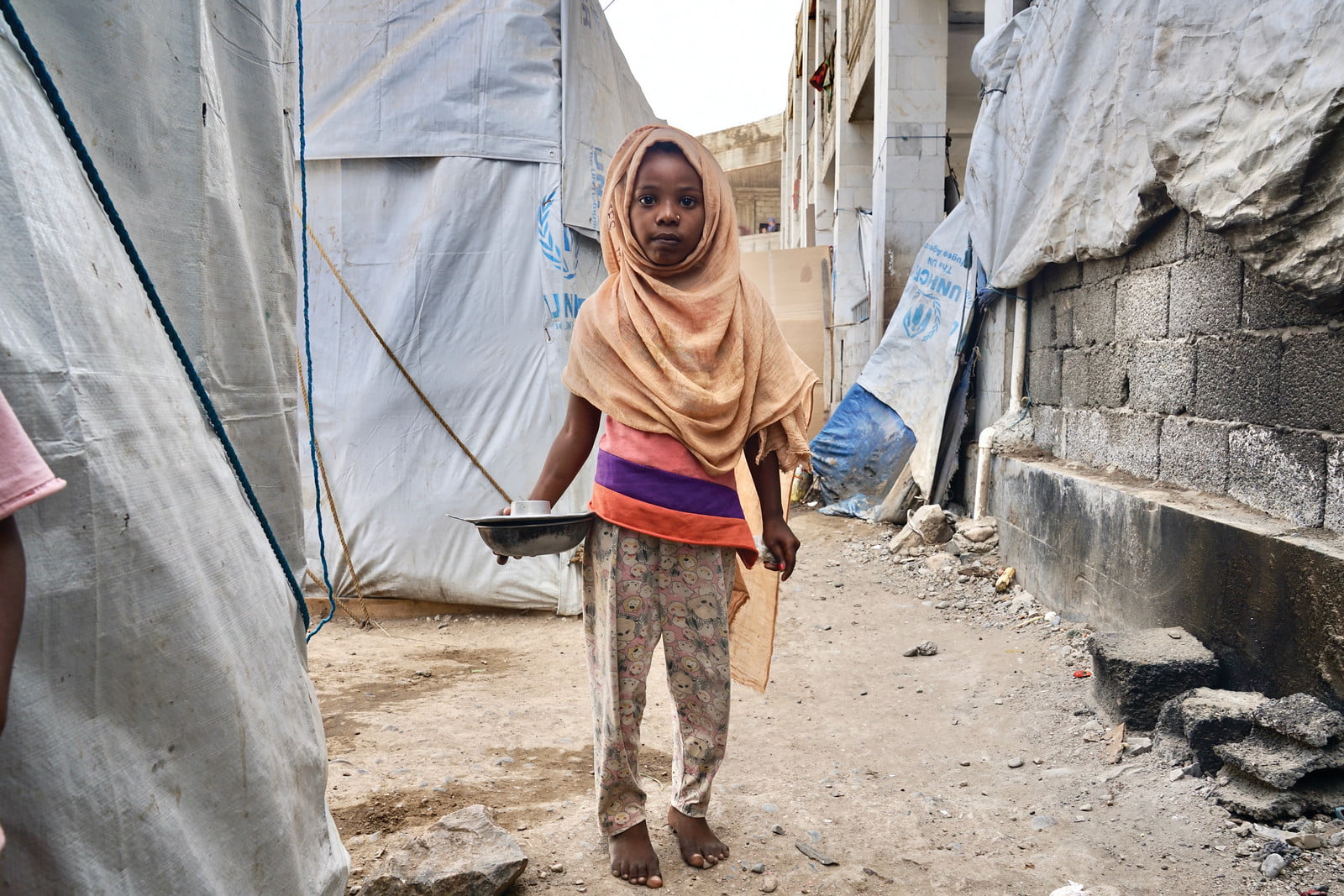The United Nations is planning for a crisis filled 2020. Specifically, the United Nations Office for the Coordination of Humanitarian Affairs (OCHA) estimates that 168 million people will be in need of some form of humanitarian assistance next year, costing aid agencies $29 billion.
These figures come in a report released today. The Global Humanitarian Overview is an annual exercise in which OCHA surveys the humanitarian landscape to predict funding requirements for aid agencies in the coming year. This is an important endeavor because nearly all funding for humanitarian relief comes in the form of charity. Governments around the world are typically the biggest donors, accounting for most of aid delivered to people caught in natural or manmade disasters. The annual Global Humanitarian Overview from the UN signals to governments and other donors both the anticipated funding requirements for humanitarian relief in the coming year, and also the specific emergencies that are expected to drive humanitarian needs and costs.
2020 will be worse than 2019
Several ongoing and longterm crises, including Syria, South Sudan, and the Democratic Republic of Congo account for a significant proportion of the humanitarian requirements next year. Some crises have actually seen a reduction in estimated needs. In the case of Yemen, for example, some fragile localized ceasefires and the opening of a major port have reduced the estimated humanitarian needs by about 25% over 2019. (Though at over $3 billion, Yemen remains the second most expensive crisis after Syria.)
Still, any moderate gains have been eclipsed by exploding needs elsewhere. Venezuela, for example, will require over 200% more in humanitarian assistance this year as the political situation there continues to deteriorate and humanitarian conditions worsen. Sudan, Haiti, and Burkina Faso are also expected to require much more humanitarian assistance in the coming year.
“We began 2019 expecting humanitarian needs to be similar to those of 2018,” writes the UN Emergency Relief Coordinator Mark Lowcock in the report. “We were wrong. Climatic shocks, the unexpected spread of infectious disease, and the impact of protracted and often intensifying conflicts have combined to drive needs to unprecedented levels this year.”


The Persistence of Conflict in Syria, Yemen and South Sudan Have Fundamentally Changed the Humanitarian Landscape
Syria is by far the largest driver of humanitarian needs, accounting for over $8.5 billion, while Yemen accounts for $3 billion. Crisis and conflict in Sudan, South Sudan and Somalia are also huge contributors to the overall needs assessment, while conflict and an ebola outbreak in the Democratic Republic of Congo are expected to require over $1 billion to address humanitarian needs.
But more than anything else, it is the enduring conflict in Syria that has driven global humanitarian needs to unprecedented levels. This chart, from the OCHA report, demonstrates as much. After years of steady (or even declining) humanitarian needs, the outbreak of civil war in Syria in 2011 caused massive displacement that has required ever increasing amounts of money to confront ever since. What is worse is that even as global levels of humanitarian needs have exploded since 2012, the gap between what donors contribute to humanitarian relief efforts and what is needed to fully fund humanitarian efforts has grown ever wider.
That difference between what is required and what is received can be counted in very human terms. It means aid not delivered, food rations cut, and refugees left stranded in the elements. 

The major donors to humanitarian relief, which include the most powerful countries in the world, have neither been willing or able to end these conflicts nor have they opened their checkbooks to a degree commensurate with the scale of the problem. This has lead to unrelenting conflict in Syria, Yemen and South Sudan — the three biggest and most costly humanitarian emergencies of the last decade. It also has meant that millions of those caught in these never-ending conflicts have needlessly gone without humanitarian relief.
Unless these conflicts are brought to an end, we can expect that the 2021 Global Humanitarian Overview will be even more dire–and the humanitarian fallout even worse.
